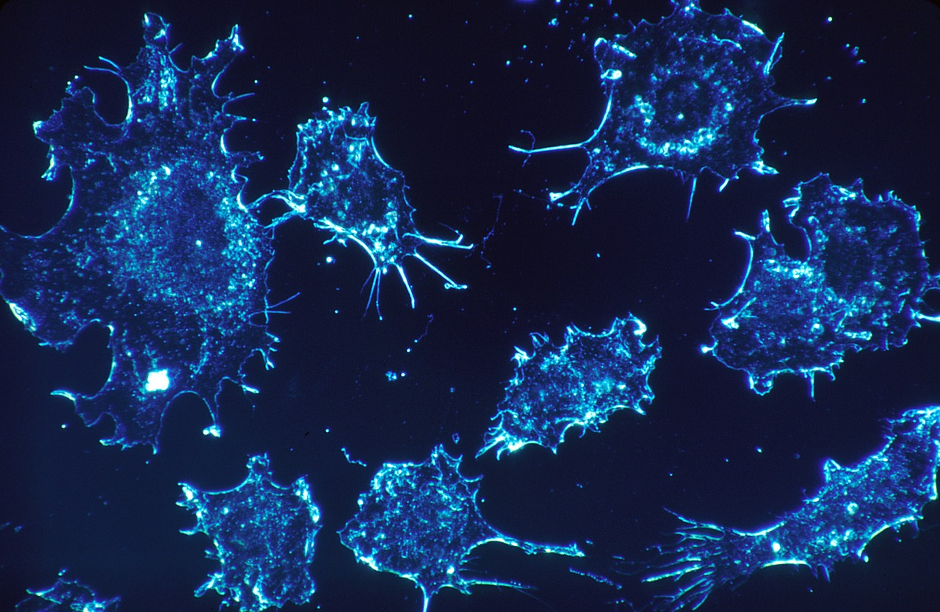Melanoma therapies delivered through wearable patch
Purdue University researchers have developed a method of delivering melanoma therapies via a wearable patch that overcomes the limitations of other types of treatment.


Melanoma is a type of skin cancer that is often caused by too much sun exposure. Conventional melanoma therapies, including chemotherapy and radiotherapy, suffer from the toxicity and side effects of repeated treatments due to the aggressive and recurrent nature of melanoma cells.
Microneedles offer pain-free alternative to hypodermic jabs
Less-invasive topical chemotherapies that use polymeric microneedles have emerged, but according to the team’s paper published in ACS Nano, the sustained and long-lasting release of drug cargos remains challenging.
"We developed a novel wearable patch with fully miniaturised needles, enabling unobtrusive drug delivery through the skin for the management of skin cancers," said Chi Hwan Lee, a Purdue assistant professor of biomedical engineering and mechanical engineering. "Uniquely, this patch is fully dissolvable by body fluids in a programmable manner such that the patch substrate is dissolved within one minute after the introduction of needles into the skin, followed by gradual dissolution of the silicon needles inside the tissues within several months."
Register now to continue reading
Thanks for visiting The Engineer. You’ve now reached your monthly limit of news stories. Register for free to unlock unlimited access to all of our news coverage, as well as premium content including opinion, in-depth features and special reports.
Benefits of registering
-
In-depth insights and coverage of key emerging trends
-
Unrestricted access to special reports throughout the year
-
Daily technology news delivered straight to your inbox










National Gas receives funding to develop Gravitricity underground hydrogen storage system
There can't possibly ever be a '<i>business</i>' case for the <i><b>bulk</b></i> storage of hydrogen, since Green hydrogen electrolysis...